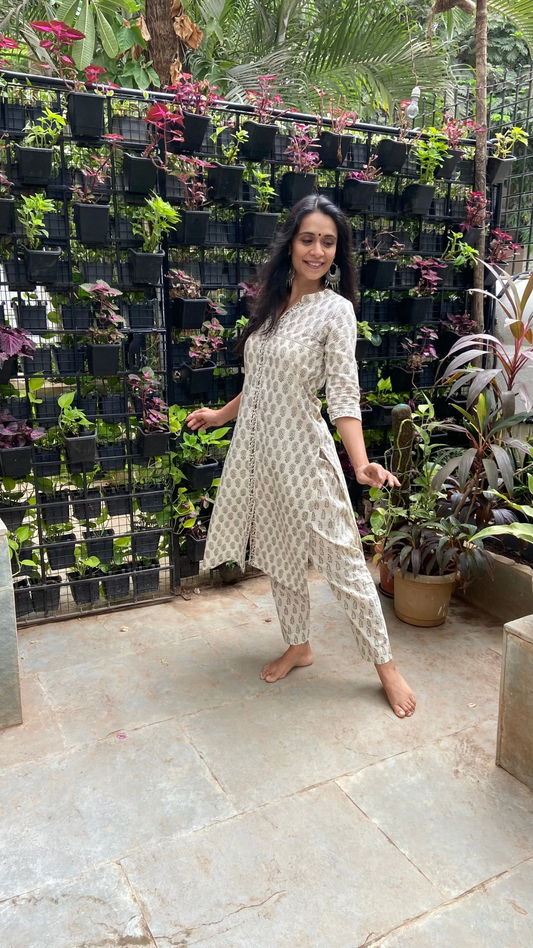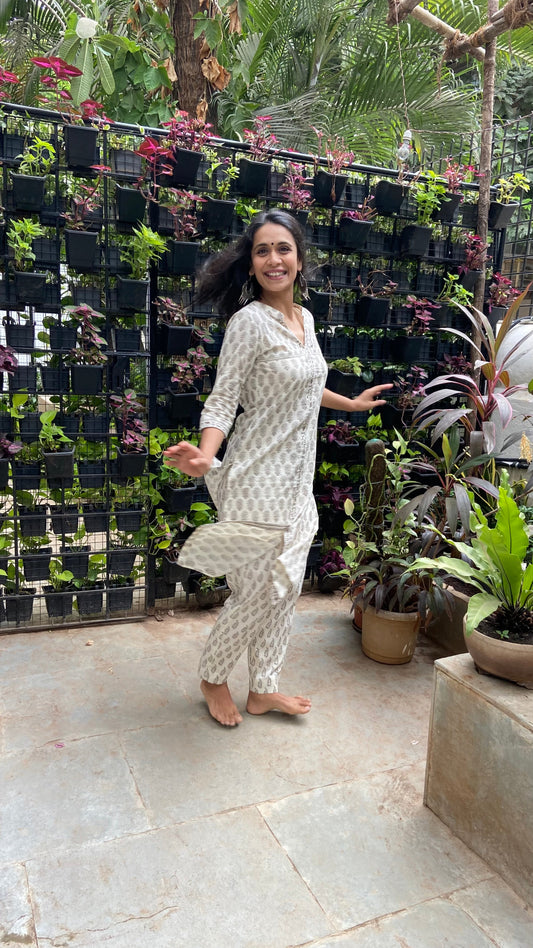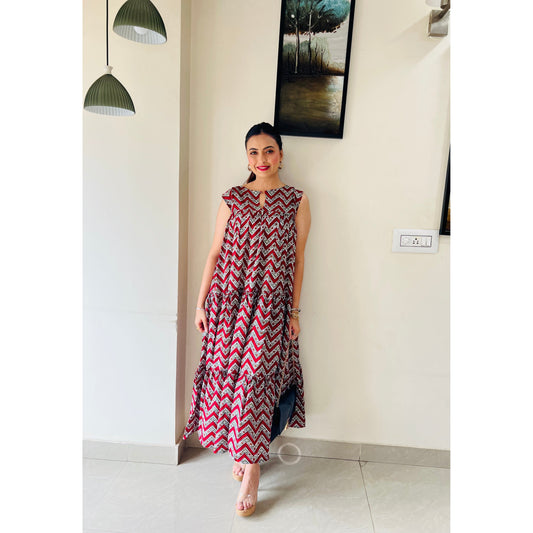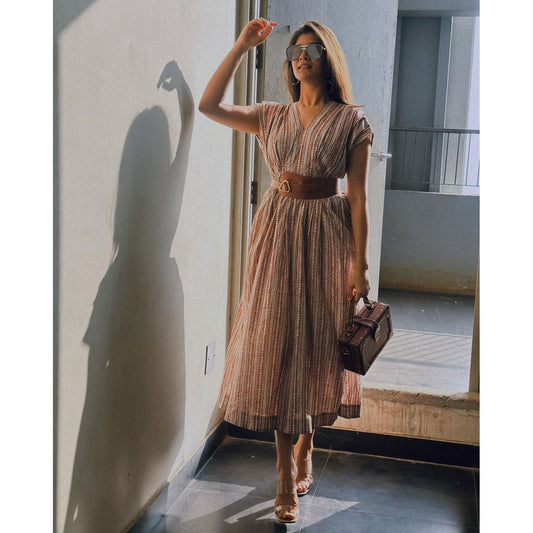
Discover the Timeless Beauty of Ajrakh: A Journey Through History!
Ajrakh is a traditional block printing technique that has been practiced for centuries in the Kutch region of India. This intricate and beautiful art form is characterized by its bright colors and intricate designs, and it has a rich history that is deeply rooted in the culture and traditions of the region.
The history of Ajrakh can be traced back to the Indus Valley Civilization, where evidence of block printing has been found on textiles and pottery. Over time, the techniques and designs evolved, and Ajrakh became known for its use of natural dyes and bold geometric patterns.

Ajrakh was originally used to create textiles for everyday use, such as shawls, saris, and bed sheets. The intricate designs and vibrant colors were said to bring good luck and prosperity to the wearer. As the art form became more popular, it was also used to create ceremonial textiles for special occasions, such as weddings and religious ceremonies.

In the past, the process of creating Ajrakh was labor-intensive and time-consuming, but it was also highly valued by the local community. The dyes were made from natural materials such as leaves, flowers, and bark, and the printing process was done by hand using wooden blocks. The result was a stunning piece of fabric that was not only functional but also beautiful.

Today, Ajrakh is still widely recognized for its beauty and cultural significance. While the printing process has been modernized in some ways, many artisans still use traditional techniques and natural dyes to create their textiles. Ajrakh is now used to create a variety of products, including Kurtis, scarves, and home décor items.
In conclusion, the history of Ajrakh is a testament to the beauty and cultural significance of traditional art forms. From its roots in the Indus Valley Civilization to its modern-day use in contemporary fashion, Ajrakh is a timeless art form that continues to captivate and inspire. So why not embrace the beauty of tradition with a piece of Ajrakh today?








